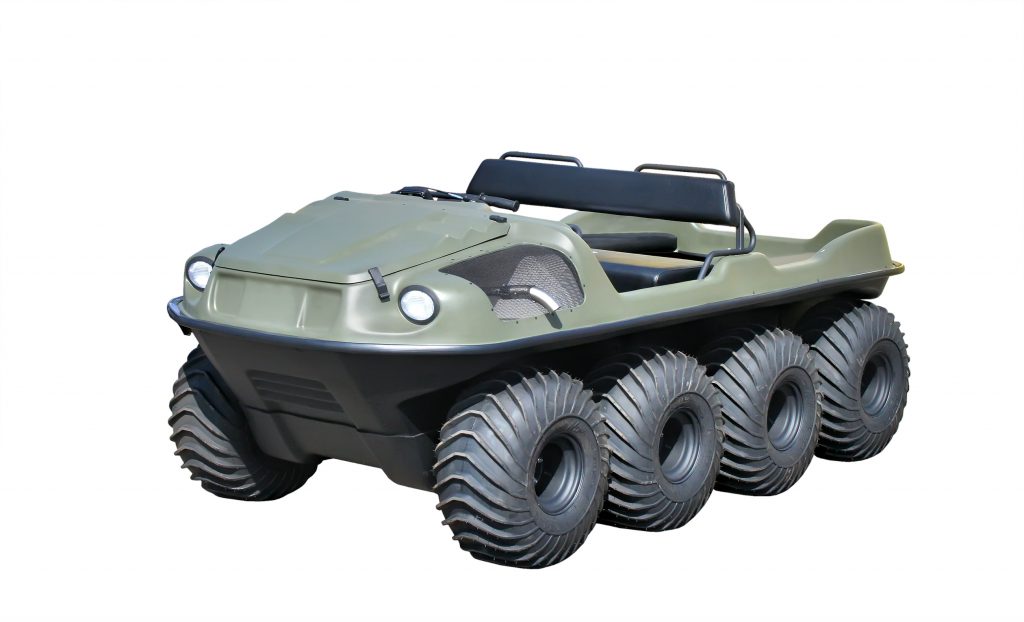Utility terrain vehicles (UTVs) serve a critical role for emergency response teams during urgent medical situations, as these can be useful particularly for transporting patients.
However, emergency respondents should be aware that each vehicle functions differently, whether it is a search-and-rescue UTV from Shank’s Argo or an amphibious type. Given the differences for each vehicle, rescue groups should be completely aware of how to use them before their use in any public safety situation.
Vehicle Comprehension
Rescue teams should have a thorough knowledge on UTV chassis, as this allows them to determine any vehicle’s capabilities. Aside from this, emergency personnel are required to be familiar with the transport apparatus and patient requirements.
When planning rescue missions, it can be daunting to decide the best type of UTV for the job. However, the type of terrain will mostly determine the suitable kind of chassis. Do your missions often involve passing through rocky slopes? What vehicle is best for rescue missions in an area with plenty of people? These are just some of the questions that you should raise when choosing the right vehicle.
State Laws
Off-road vehicles such as UTVs have become more common on some public roads in 23 states. While reasons include their use for emergency situations, some have questioned why these states allow UTVs on public roads.
A solution to this problem, however, requires the designation of more roadway routes for UTVS. This will avoid any untoward incident of crashes between UTVs and larger on-road vehicles. State governments should also be stricter in granting licenses to drivers, particularly teenagers since some off-road vehicles are used for recreational purposes.
While UTVs are an important part of rescue missions, emergency response teams should fully understand a vehicle’s advantages and limitations for a successful accomplishment of any task. These vehicles are safe, provided that drivers are well-informed on how to use them.

